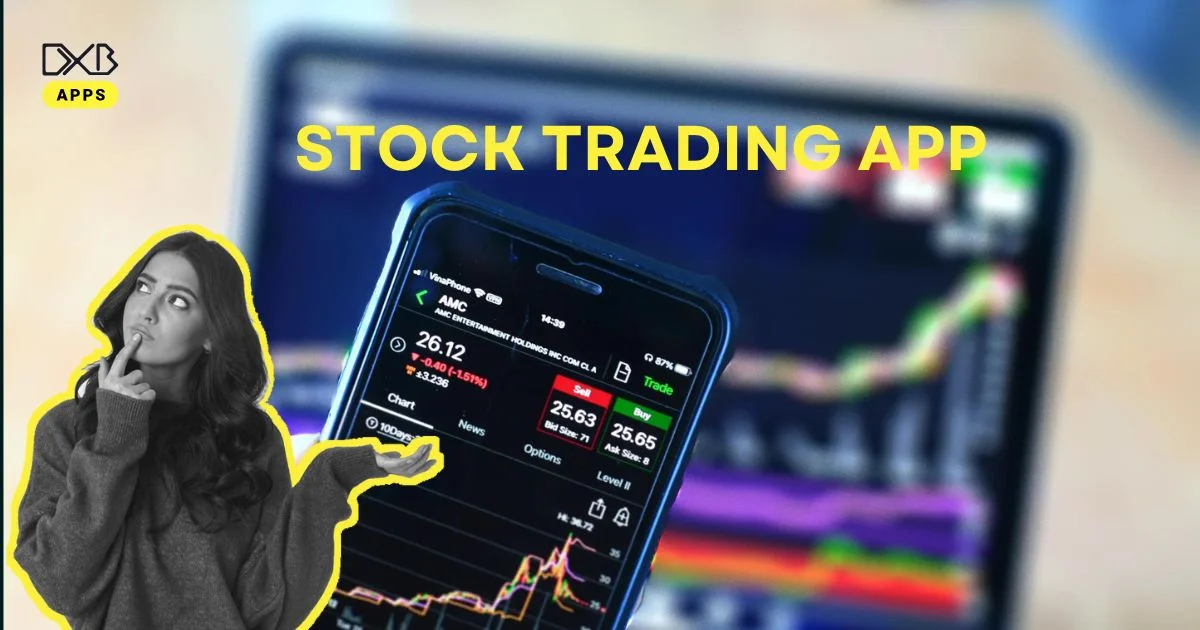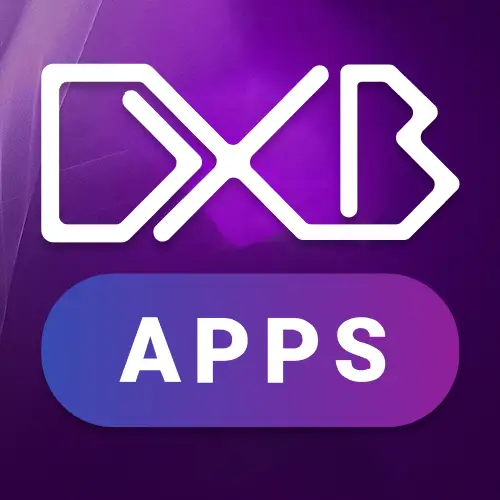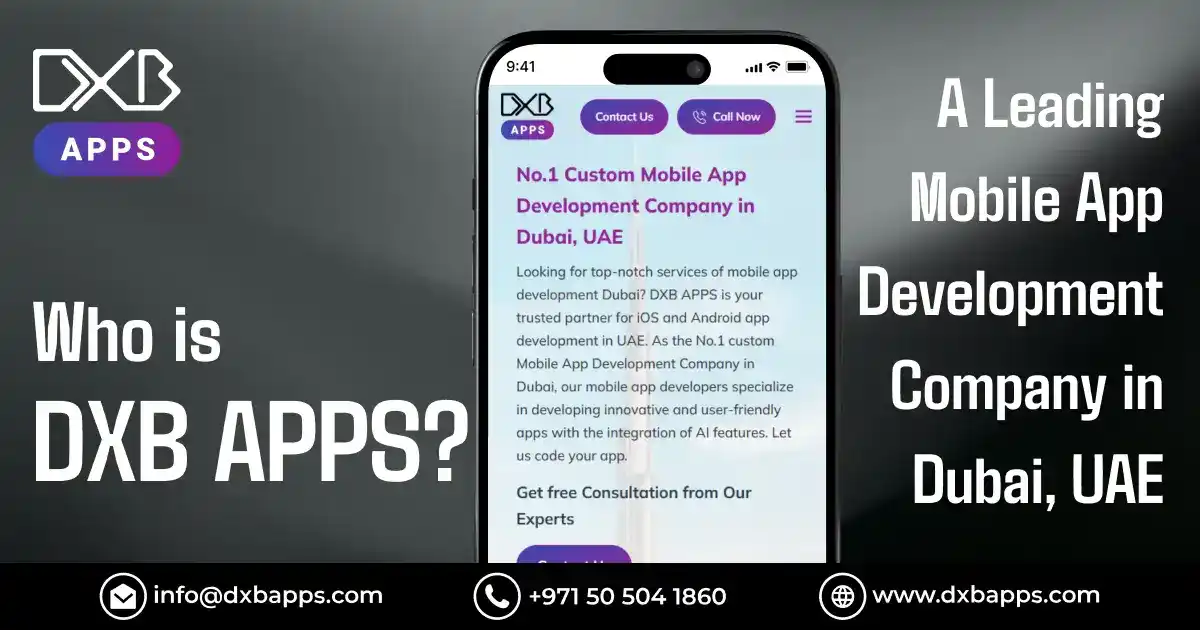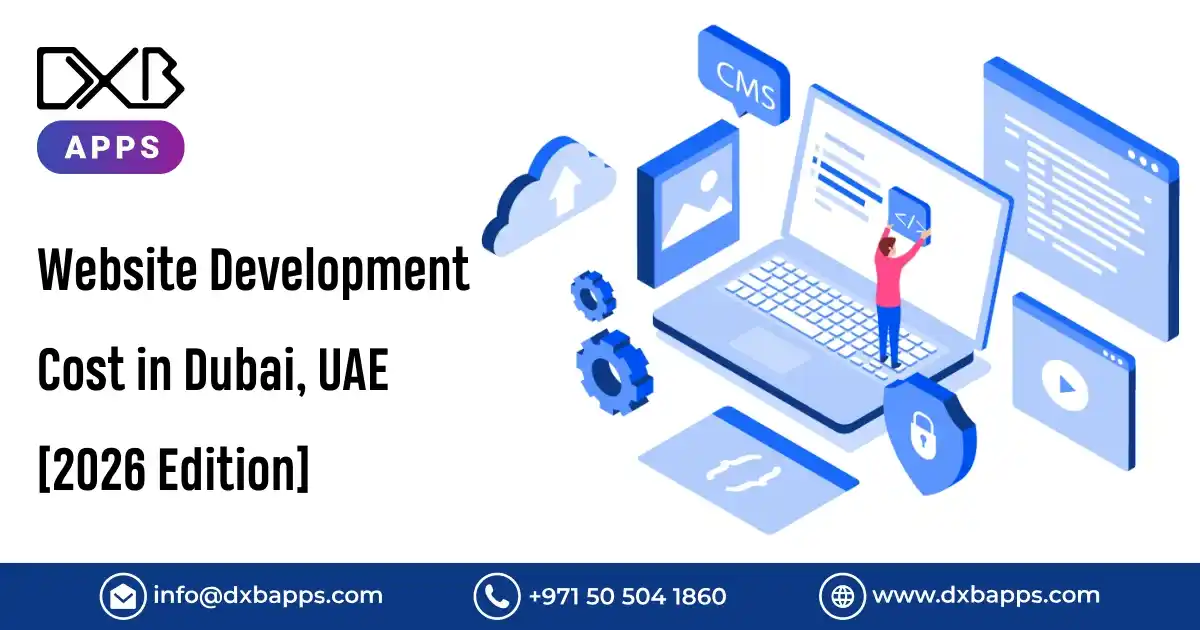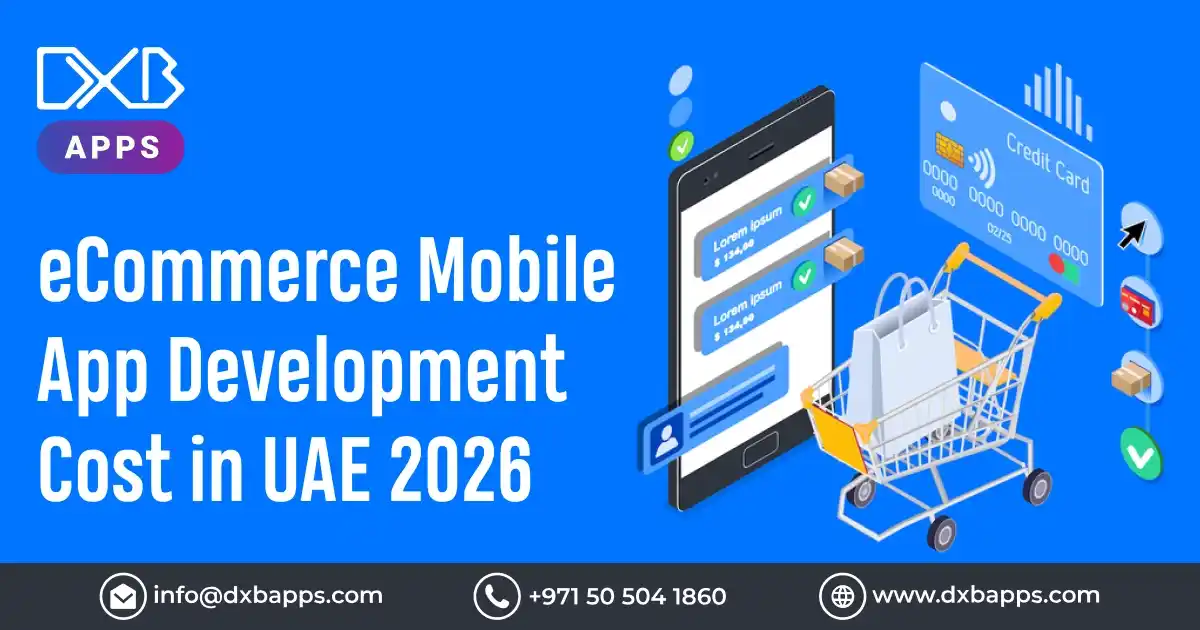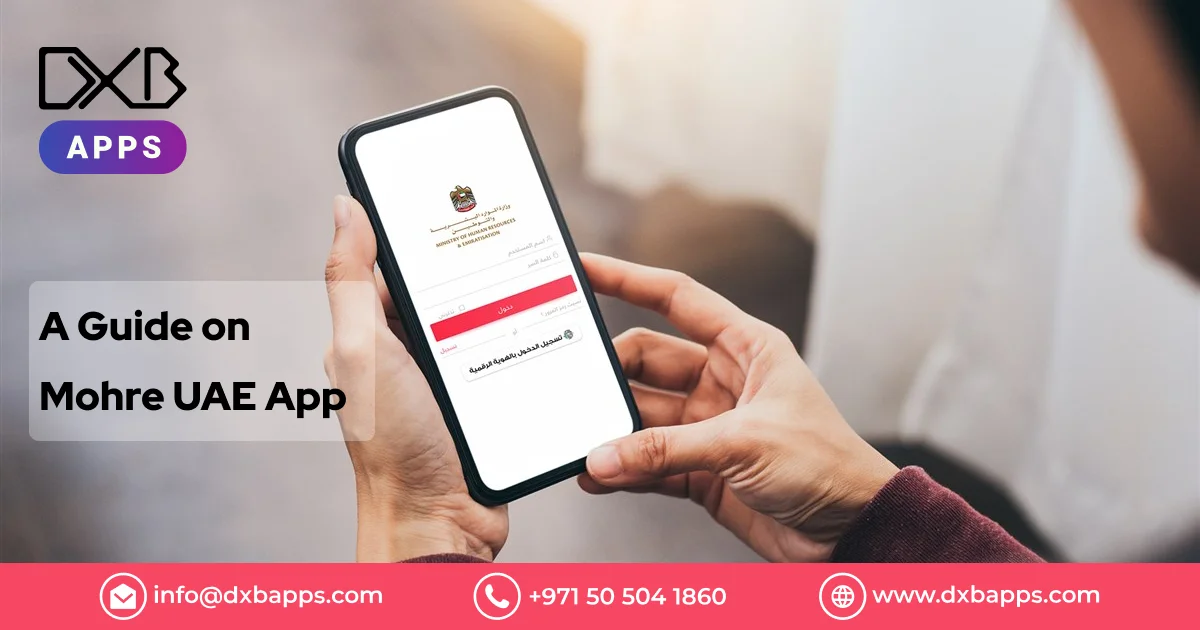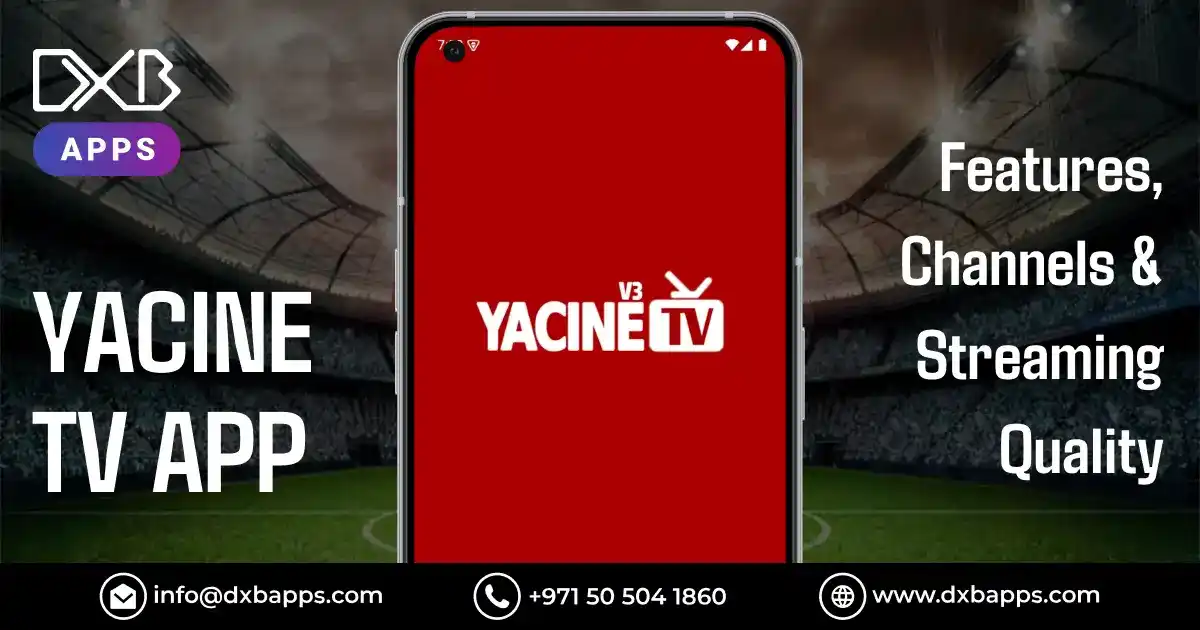The stock exchange is rapidly becoming a digital marketplace. People investing via mobile phone applications are becoming increasingly popular. This article will look at what it takes to make a stock trading app, how much money the creator will make, and how the app works.
1. How to Make Money With Your Stock Trading App
On trading platforms, a system (web-based, mobile, or both) that facilitates stock market transactions, portfolio management, and strategy selection A trading system that is automated can be used for long-term or short-term investments, and the user will always feel in control.
1.1 All trading applications have the following features in common
The user must first register and link their bank account before using the application. The user is then given the option of making a one-time transfer or setting up recurring deposits.
The user purchases the stock as soon as the stock and its current price appear on the screen.
Bond purchases (this option works almost the same as buying).
The primary source of income is commissions. Deposits, user activity, and stock transactions all earn interest in the system. This strategy works well with the freemium model. All users have free access to the core product features, but additional features must be purchased.
Optional ways to make money include directing trade execution orders, putting ads in the app, and selling paid access to tools like application programming interfaces (APIs).
1.2 Conflicts and legal difficulties
If you already run an authorized brokerage firm, expanding into mobile markets will be easier. Before the business launch, addressing legal aspects is crucial to ensure a stable foundation. Key steps to consider before the trading platform launch include obtaining the essential licensing from the governing regulatory body in the platform's operating country.
This foundational step establishes compliance and legitimacy, ensuring a smooth and lawful initiation for your trading venture.
Join reputable investor protection organizations like SIPC and FINRA. The PSD2 Directive and other regulations of a similar nature advise using multi-factor authentication, 256-bit AES encryption, artificial intelligence-based fraud prevention, and other security tools to protect users and their funds.
2. The Characteristics of Trading-Related Applications
Most trading apps encompass core features, including a customized dashboard for managing transactions, real-time quotes, and order entry. They facilitate portfolio monitoring and real-time data display. Asset management tools for buying and selling stocks, ETFs, and various investment options, deposit management, and real-time status tracking are fundamental.
Additionally, these apps offer analytical tools enabling users to monitor transaction outcomes and incorporate robo-advisors for simplified portfolio building, trading, and investment processes.
Alerts and a news feed with important investor information, like currency rates and IPOs,
2.1 The costs and time required to create a stock trading application
For financial technology applications, Agile has become the de facto standard. In this method, small cross-functional teams composed of application owners and specialists from various fields collaborate. because of advances in science and research.
The idea for the product is evaluated and honed into a business model and growth strategy that can work.
Experts collect all relevant data to define the app's features, design strategy, and lineup.
3. The development of a methodology
When making a mobile app developers think about the platform, managed cloud services, third-party APIs for core and non-core features, and other tools.
3.1 The creation of a user interface
The application relies heavily on visual analytics. Designers should consider visualization tools such as line and bar charts, stochastic oscillators, and candlesticks.
The development path branches into frontend and backend, encompassing iOS and Android, and mobile and web applications. Developers employ various tools and languages tailored to specific project requirements. For front-end development, they use frameworks like JavaScript and Angular, while back-end work involves languages such as Java and .NET, allowing the customization of coding languages and tools for each project's unique demands.
3.2 Testing
Quality assurance engineers carry out extensive testing across various platforms and devices to ensure the app's flawless performance. Post-public launch, developers maintain the app, resolving bugs, and introducing new features.
The total cost of developing an app depends on its complexity, range of functionalities, and integrations with diverse payment gateways and cloud services. A native mobile app development process generally spans between five to ten months.
The hourly rates of developers, varying from $15 to $100, significantly sway the project's overall expenses. The cost range for a stock trading app spans $25,000 to $300,000, with an average of around $55,000 for a dedicated mobile stock trading application. Costs may vary based on project specifics, functionalities, and integration needs.
Conclusion
Stock trading platforms are inherently complex, requiring careful software solution selection to evade potential pitfalls. This ensures the creation of an app that not only upgrades your company significantly but also guarantees high returns, security, and user satisfaction. With the right software provider, you can navigate the intricate processes of a stock trading platform, promising a user-friendly and efficient application that will elevate your business to new heights of success.
Read similar article: Why Do Businesses Invest in Wealth Management Apps?

